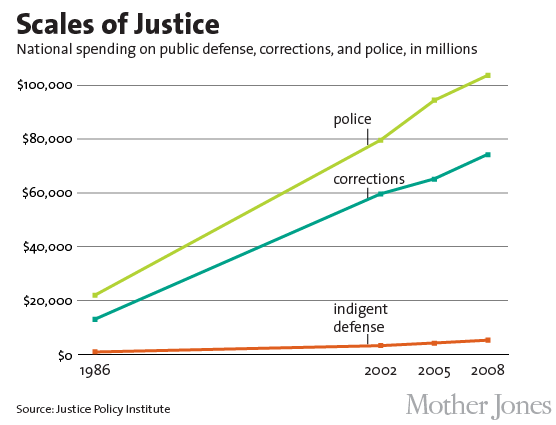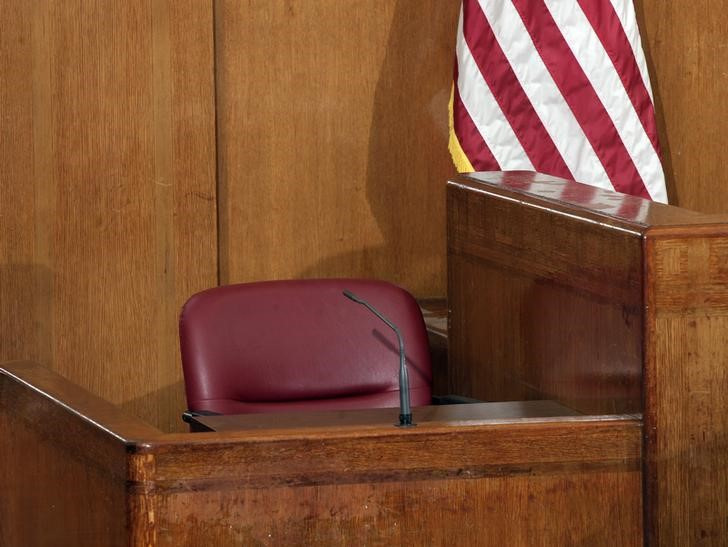
Photo Courtesy of the DEA
Nitazenes, a class of synthetic opioids with no approved medical use, are emerging as a serious concern in the United States due to their extreme potency and association with overdose deaths.
WHAT ARE NITAZENES?
Nitazenes (benzimidazole-opioids) are a class of extremely potent novel synthetic opioids. First developed in the 1950s by researchers in Switzerland as an opioid analgesic alternative to morphine, nitazenes were never approved for medical use.
Beginning in 2019, nitazenes emerged more widely on the illicit drug market in Europe. Since then, nitazenes have been identified on nearly every continent, including North America, South America, Asia, and Oceania. Due to their recent emergence, comprehensive data on the spread of nitazenes are not available. Limited data described in this report suggest that nitazene use is a growing trend in North America and that availability is likely spreading across the Americas. As they have emerged across the globe, illicit manufacturers have continuously synthesized new and chemically distinct types of nitazenes. Today, at least 13 different types of nitazenes have been identified.
WHY AND HOW DO PEOPLE USE NITAZENES?
People may use nitazenes for the same reasons that they use other opioids. Nitazene use may be motivated by self-treatment for physical, mental, or emotional disorders. They are also used to experience opioid effects, such as feelings of euphoria, relaxation, sleepiness, and reduced pain. Nitazenes are frequently mixed with or counterfeited as other drugs (e.g., heroin, fentanyl, benzodiazepines, or other synthetic drugs) to increase potency and cut costs. Nitazenes are available in many forms, including pills, powders, and sprays – both in “pure” form and mixed with other drugs.
DANGERS OF NITAZENES
Nitazenes are highly addictive and continued use can lead to dependency. Although studies about nitazene dependence and withdrawal are limited, nitazene withdrawal has a high potential to be severe and painful. Nitazenes can also cause dizziness, nausea, vomiting, disorientation, loss of consciousness, and seizures.
Like other opioids, nitazenes present a high risk of central nervous system or respiratory depression, as well as cardiac arrest. Nitazenes present an especially high risk for overdose and overdose mortality, due to their high potency. Nitazene potency varies significantly, but all nitazenes are much more potent than natural (non-synthetic) opioids, such as morphine.
OVERDOSE STATISTICS
At least 2,000 deaths have been associated with nitazenes nationwide since 2019. For example, Tennessee saw a four-fold increase in nitazene-involved overdose deaths between 2020 and 2021.
NITAZENES IN THE AMERICAS
Regional trends in the opioid epidemic are often first identified in the United States and Canada, including the prior emergence of fentanyl and xylazine. Both countries are recognized as the global epicenters of the opioid epidemic and support robust substance use surveillance systems. Nitazenes were first identified in the street drug supplies of both countries in late 2019 and early 2020. Since then, other findings indicate that nitazene use is continuing to spread on the continent.
Please contact my office if you, a friend or family member are charged with a Drug Offense or any other crime. Hiring an effective and competent defense attorney is the first and best step toward justice.















